Museums in Shenzhen
Although Shenzhen is a young city, it has a long history and rich culture. This fact, however, is often overshadowed by the city’s technological fame and modern glamour.
Here, EyeShenzhen editors list out some of the most interesting museums in Shenzhen.
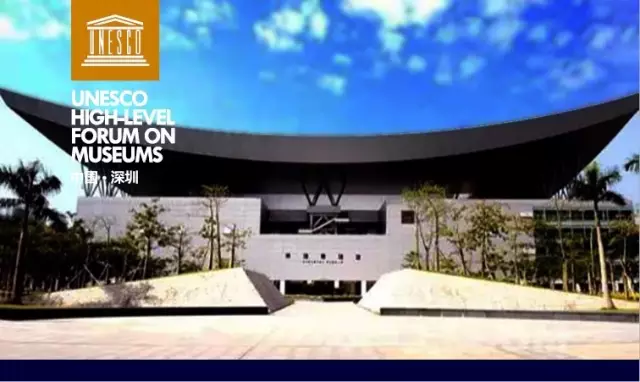
1.Shenzhen Museum
Shenzhen Museum is a comprehensive museum, and it has become an important cultural landmark of the city. It shows more than 6,000 years’ history of human activities and marine development. The migration history of Cantonese and Hakka people is also displayed here.
Hours: 10 a.m. – 6 p.m. (closed on Mondays)
Admission: Free
Venue: Shenzhen Museum, Block A, Civic Center, Futian District (福田区市民中心A区深圳博物馆新馆)
Metro: Metro line 2 or 4, Civic Center Station (市民中心站), Exit B
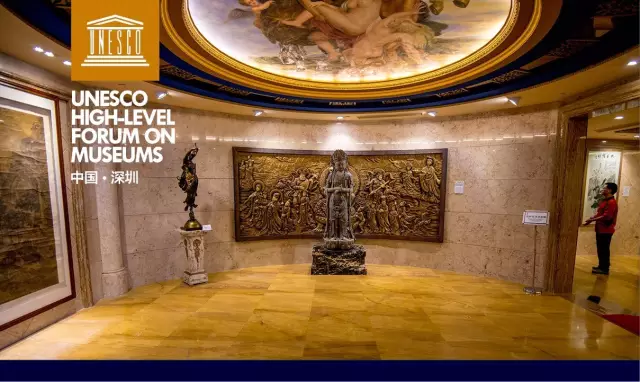
2.Zhizheng Art Museum
Zhizheng is one of the largest private museums in China. It collects more than 10,000 pieces of relics worth totaling 30 billion yuan. Collections include ancient and contemporary paintings, chinaware, bronzeware, ancient furniture, sculpture, etc.
Hours: 10:30 a.m. – 12 p.m., 1:30 p.m. – 5:30 p.m.
Admission: Free
Location: 5/F, Block A, KK100, Luohu District (罗湖区京基100大厦A座5楼)
Tel: 2228-4032
Metro: Metro Line 1, Grand Theatre Station (大剧院站), Exit B
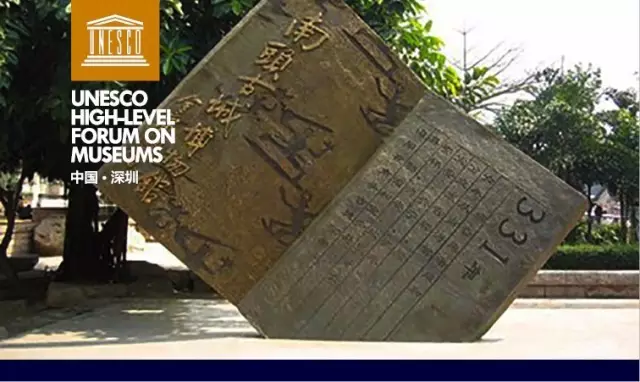
3.Nantou Ancient City Museum
More than 300 pieces of cultural relics displayed in Nantou Ancient City Museum shows the history of Shenzhen since East Jin Dynasty (317-420).
Hours: 9 a.m. – 5 p.m.
Admission: Free
Venue: No. 2, Nantou Jiaochang, Nanshan District (南山区南头较场 2 号)
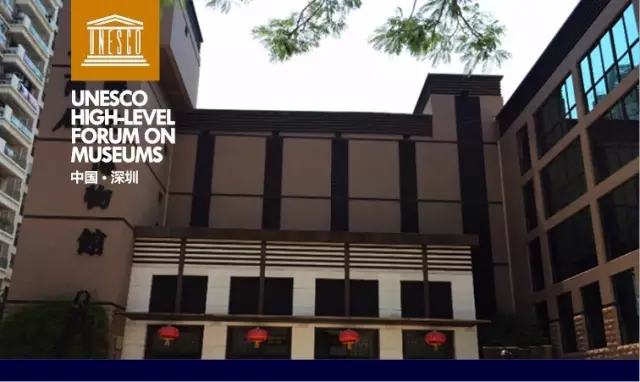
4. China Merchants Group Museum
The China Merchants Group Museum shows the history of an important enterprise. Thanks to its large amounts of documents, it has become a very popular tourist site.
Hours: 9 a.m. – 12 a.m., 1:30 p.m. – 5:30 p.m.
Venue: No. 21, Yanshan Road, Shekou, Nanshan District (南山区蛇口沿山路 21 号)
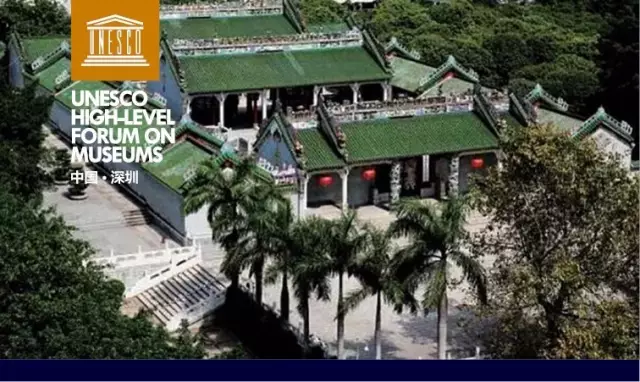
5.Huanggang Museum
What are displayed in Huanggang Museum record the history of Huanggang Village. Also, visitors can see the present development and the future plan of the village here.
Hours: 9 a.m. – 5:30 p.m.
Admission: Free
Venue: Culture Square, Huanggang Community, Futian District (福田区皇岗社区文化广场)

6.Xiasha Museum
Xiasha Museum presents Xiasha’s 800-year-long history. There are precious documentaries about famous people in Xiasha,as well as paintings by famous artists on display.
Hours: 9 a.m. – 6 p.m.
Tickets: Free
Venue: 1/F, Xiasha Multi-function Culture Building, Futian District (福田区下沙多功能文化楼 1 楼)
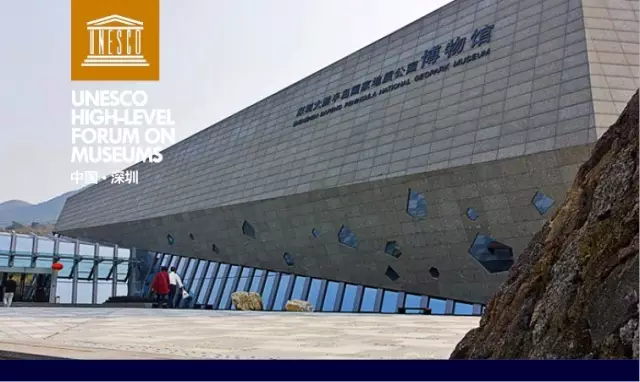
7. Dapeng Geological Park Museum
Favored by kids, the museum provides not only gorgeous scenery, but also an amazing exhibition hall. It features a 3D theater screening popular science films. Replicas of dinosaurs are on the mountains behind it, giving its visitors sensational experience as in the Jurassic Park.
Hours: 9:30 a.m. – 4:30 p.m. from Tuesday to Sunday, closed on Mondays (special occasions excepted)
Venue: Dapeng Peninsula National Geological Park, Shenzhen
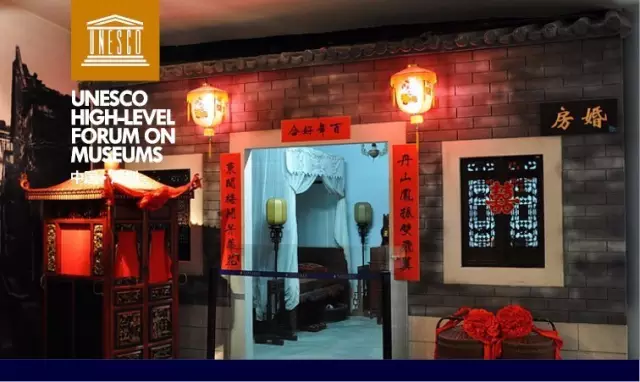
8.Chung Ying Street Historical Museum
The Chung Ying Street Historical Museum was opened on May 1, 1999. It is a landmark museum reflecting the 100-year history of the Chung Ying Street. It has a floor area of 1,688 square meters. There are four exhibition halls four permanent exhibitions. Following the main line of the history of the street, the exhibits are mainly historical materials of the Chung Ying Street and the collections of the museum.
The main responsibilities of the museum is to protect, collect and study on the cultural relics of the Chung Ying Street. Additionally, it carries out patriotic and revolutionary tradition education and undertakes the protection, development and utilization of cultural heritages in Yantian District.
Hours: 9 a.m. – 5 p.m. (Closed on the first three days of Chinese lunar new year)
Venue: No.9 , Huancheng Lukou, Shatoujiao town, Yantian District
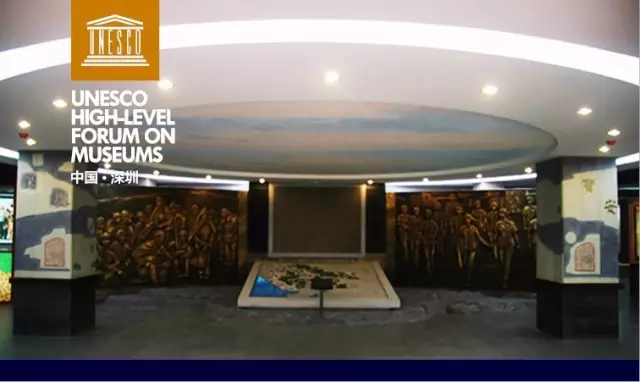
9.Migrant Workers Museum
As Shenzhen’s population consists of non-locals mostly, The Labor Workers Museum aims at memorizing the contribution of migrant workers in the construction of Shenzhen.
Hours: 9 a.m. – 5:30 p.m.
Venue: 6 Yonghe Rd., Shangwu Community, Shiyan Subdistrict, Bao’an District (宝安区石岩街道上屋社区永和路 6号)

10.Zhenxiqi Museum
The Zhenxiqi Museum exhibits ancient bronze ware, pottery, 18th century silver ware, and paintings.
Hours: 9 a.m. – 6 p.m.
Venue: No. 29, Wanjing Building, Shajing Center road, Bao’an District (深圳市宝安区沙井中心路万景楼内 29 号楼)
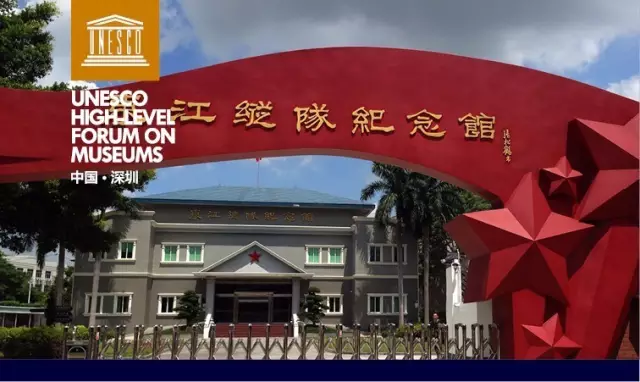
11.Dongjiang Troop Memorial
The memorial was built to commemorate the valiancy and sacrifices of Dongjiang Troup, which made great contribution during the 8-year-long War of Resistance Against Japan.
Hours: 9 a.m. – 6 p.m.
Venue: Dongzong Road, Pingshan Street, Pingshan New District

12.Hakkas Folk Customs Museum
Also called “Hehu New Residence”, the Hakkas Folk Customs Museum shows how the Hakka people developed the east part of Shenzhen, displaying valuable relics on culture, folk customs and architecture.
Hours: 9 a.m. – 5 p.m.
Venue: Hehu Xinju, Luoruihe North Street, Longgang Street, Longgang District
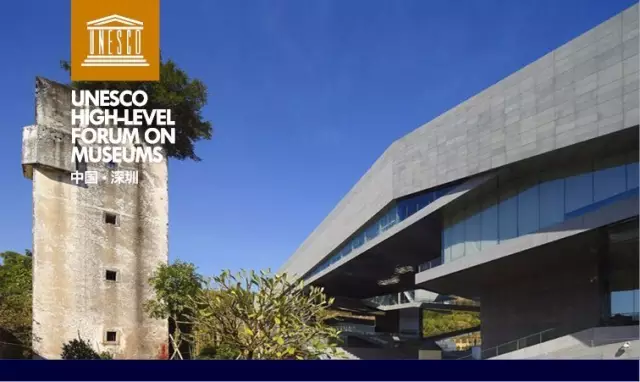
13.The Museum of Engraving Arts of China
As the first professional Engraving Arts Museum of China and the biggest one of its kind around the globe, this museum shows its visitors a most beautiful collection of this special art form.
Location: Guanlan Engraving Arts Village(深圳观澜版画村)
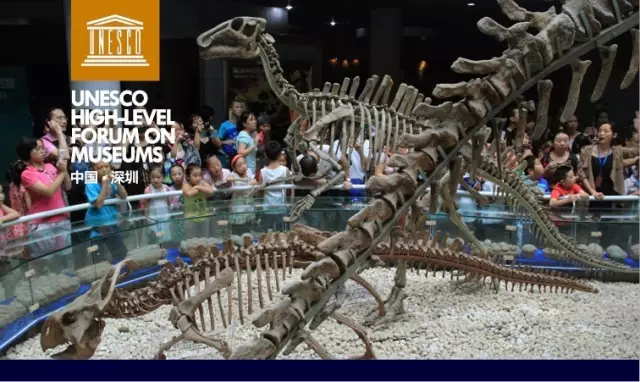
14.Shenzhen Paleontological Museum
Like a giant rock castle in appearance, this specially designed museum is always ready to show its visitors a great collection of paleontological fossils systematically and lively.
Hours: 9 a.m. – 5 p.m. (closed on Mondays)
Venue: Xianhu Botanical Garden, Luohu District
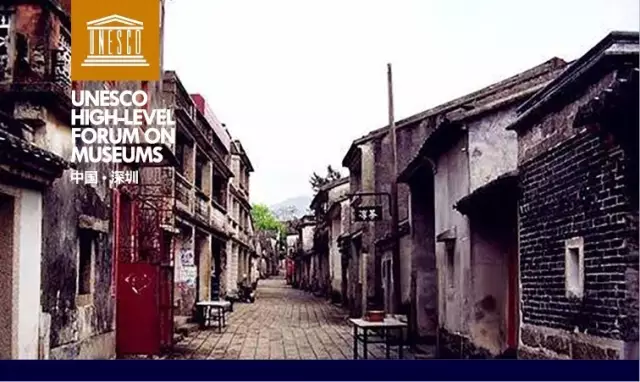
15.Dapeng Ancient Town Museum
The museum is actually the Dapeng Ancient Town itself. As a unique museum, it incorporates multiple functions to provide its visitors an unforgettable journey.
Hours: 8:30 a.m. – 6 p.m.
Venue: Pengcheng Community, Dapeng Street, Dapeng New District
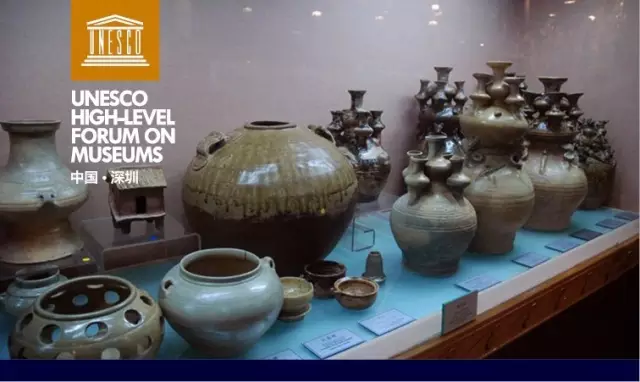
16.Xibaolou Celadon Ware Museum
As the first private museum in Shenzhen, Xibaolou is the only museum in the world which specializes in the collection of caladon ware. It exhibits more than a thousand pieces of caladon ware throughout the history of China.
Hours: 9 a.m. – 5:30 p.m.
Admission: Free
Venue: No. 2095, Bao’an Road south, Luohu District (罗湖区宝安南路 2095 号)
Metro: Line 1 or 2, Grand Theatre Station (大剧院站), Exit D
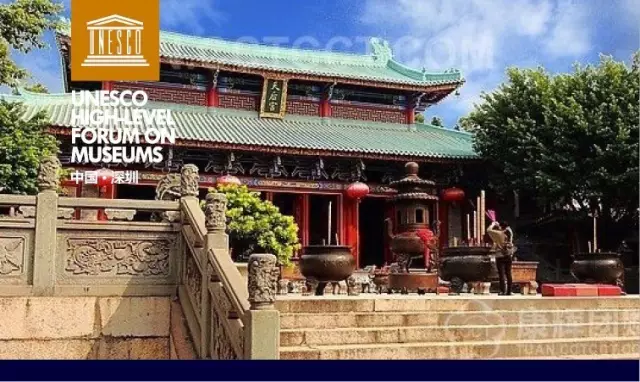
17.Nantou Tianhou Palace Museum
The Tianhou Palace offers gorgeous view of Chiwan and interesting exhibits.
Hours: 8 a.m. – 5:30 p.m.
Venue No.9, 6th Chiwan Road, Chiwan Community, Nanshan District
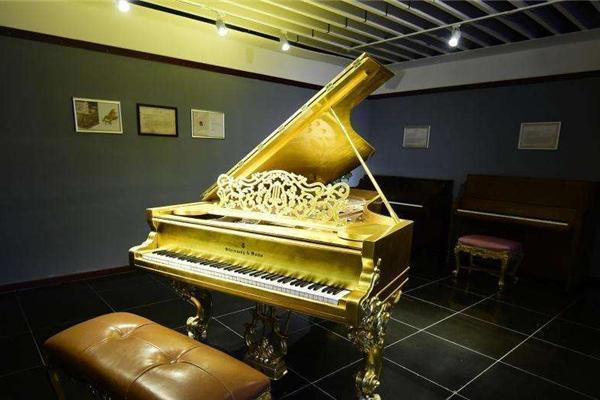
18.Shenzhen Piano Museum
With an area of 2000 square meters, the Piano Museum displays a wide historical array of pianos, from ancient to modern. It is the second largest professional piano museum in China and in Asia, and is the first of its kind in Guangdong Province.
It has a collection of 46 ancient pianos from the US, Germany, Russia, France, Italy, China, and other countries from the late 18th to early 20th century. The oldest one has a history of over 300 years.
The collection contains not only a Lute piano, one of the oldest modern pianos in the world, but also a Dongfanghong piano, which is a witness to the development of China’s piano industry. The museum’s collection provides visitors the most direct knowledge about pianos from various aspects, including historical techniques, technological schools, countries and cultural backgrounds. The museum is also a venue for concerts, lectures, and piano academic exchanges.
Open hours: 10 a.m. to 6 p.m.
Add: F/3, Musical Instrument City, Shangbu Road South, Futian District 福田区上步南路乐器城三楼
Tickets: free
Tel: 0755-22197080
Metro: Line 1 to Science Museum Station (科学馆站), Exit D
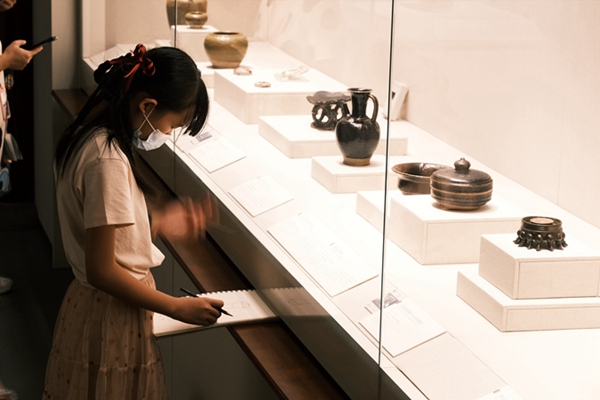
19. Shenzhen Museum (of Ancient Art)
Established in Nov. 1988, the Shenzhen Museum of Ancient Art is one of the eight cultural facilities opened when the Shenzhen Special Economic Zone was first established. The museum is recognized as one of the top 10 historic buildings of reform and opening up in Shenzhen. Featuring Chinese ancient art, the museum is considered to be the center of ancient art collection, research, exhibition and art education in Shenzhen.
Open hours: 10 a.m. to 6 p.m. (admission closes at 17:30. Closed on Mondays and the first day after a major holiday)
Add: 6 Tongxin Road, Futian District (福田区同心路6号)
Metro: Lines 2 or 8 to Yannan Station (燕南站), Exit B
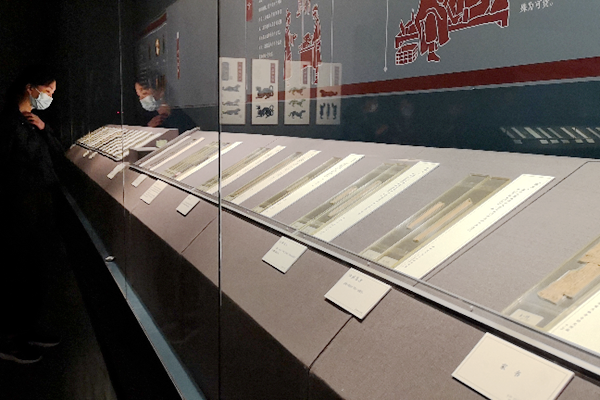
20. Shenzhen Museum (of History and Folk Culture)
Shenzhen Museum (of History and Folk Culture) is a center for relic collections and historical research in the city. There are more than 20,000 collections in the museum, including ancient fossils, precious historic relics and art treasures from ancient China. The museum also has many important files and documents related to Shenzhen's history and development.
Add: Zone A, Civic Center, Fuzhong Road, Futian District (福田区福中路市民中心A区)
Metro: Line 2 to Civic Center Station (市民中心站), Exit C
Opening hours: 10 a.m. to 6 p.m., closed on Mondays
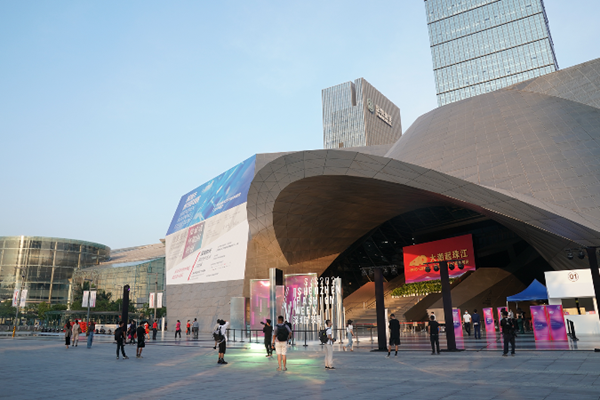
21. Shenzhen Museum of Contemporary Art and Urban Planning (MOCAUP)
Shenzhen Museum of Contemporary Art and Urban Planning (MOCAUP) includes the Museum of Contemporary Art and the Shenzhen Museum of Urban Planning. The Museum of Contemporary Art features contemporary artworks from across the world, while the Shenzhen Museum of Urban Planning is a platform to showcase the urban planning of the city.
Add: 184, Fuzhong Road, Lianghua Subdistrict, Futian District, Shenzhen (深圳市福田区莲花街道福中路184号)
Metro: Line 4 to Children's Palace Station (少年宫站), Exit A2
Opening hours: 10 a.m.-5:30 p.m., closed on Mondays
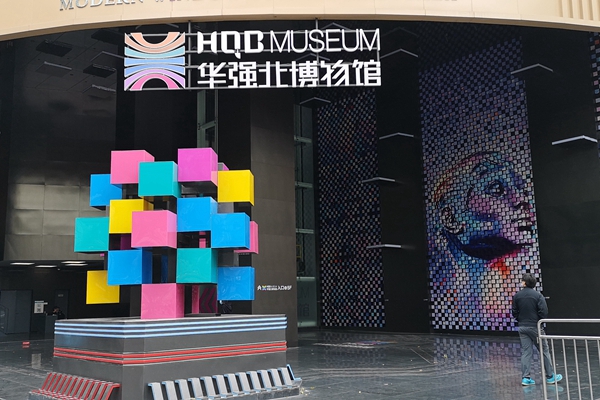
22. HQB Museum
The HQB Museum, or Huaqiangbei Museum, a new museum recording and protecting the unique culture of the Huaqiangbei electronics market, opened to the public Dec. 31, 2020.
With a floor area of 3,000 square meters, the museum, located on the fifth floor of the Modern Window Commercial Plaza near the Huaqiang North Metro Station, uses cool sounds, lights and electronic technologies to present the 40-year history of Huaqiangbei. Known worldwide as the No. 1 electronics market in China, Huaqiangbei grew from a street of small electronics processing and trade outlets into an Aladdin’s cave of components, gadgets and fashion.
Items in the museum’s permanent exhibition reflect collective memories of the area along with its social and economic development, including electronic products made in Huaqiangbei over the past 40 years as well as old photos.
A temporary exhibition which runs until Jan. 31 is a contemporary art exhibition incorporating technology and multimedia. The museum is free to enter and visitors should book in advance on the museum’s WeChat account “HQB_Museum.”
Add: F5, Huaqiangbei Xiandaizhichuang Building, 1058 Huaqiangbei Road, Futian District (福田区华强北路1058号华强北现代之窗大厦五楼)
Metro: Line 2 to Huaqiang North Station (华强北站), Exit E2
Opening hours: 10 a.m. to 5 p.m.
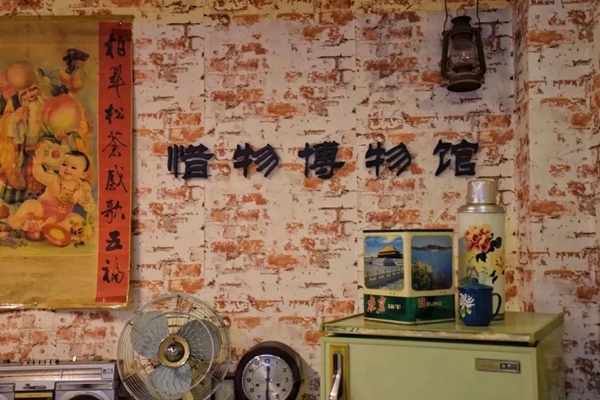
23.Xiwu Museum
Add: 4/F, Building A, Guangming Hongmu Town, Guangming District (深圳市光明区,光明红木小镇A栋4楼(一品阁旁电梯上4楼))
Intro: Covering an area of 450 square meters, Xiwu Museum houses 500 objects related to the revolution and the War of Resistance, including historic literature and materials, books, newspapers, and magazines. It also displays old productions and living objects dating back to the early period of the People’s Republic of China, the time of educated youths going to the countryside to work as farmers, as well as the reform and opening up period. All the collections bear distinctive characteristics of a particular time, and visitors are able to travel through these periods by appreciating these exhibits.
Open hours: 9:30 a.m. – 5:30 p.m. (Tuesdays to Sundays), opens during public holidays (except for the Spring Festival)
Admission: Free
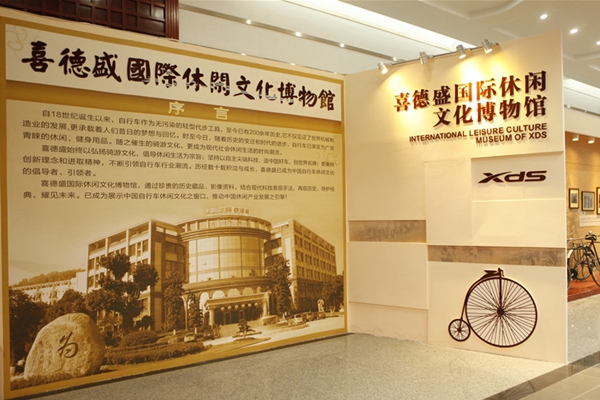
24.International Leisure Culture Museum of XDS
Add: 26 Zhenxing Road, Guangming District (光明区振兴路26号)
Intro: The International Leisure Culture Museum of XDS houses invaluable historic objects, pictures and films. With the aid of modern technologies, the precious collections are well preserved and history is portrayed.
Open hours: 9:30 a.m. - 6 p.m.
Admission: Free (Group visitors with ten or more members can make reservations)
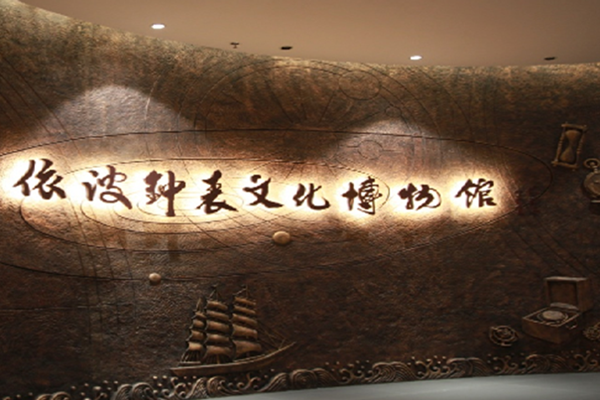
25.EBOHR Watch Culture Museum
Add: EBOHR Building, Jin’an Road, Gongming Subdistrict, Guangming District (深圳市光明区公明街道金安路依波大厦)
Intro: EBOHR Watch Culture Museum is Shenzhen’s first themed museum on watch and time culture. With an area of 1,440 square meters, the two-storied museum displays over 300 items in its nine exhibition halls that introduce watches, the history of timers in ancient China, and the history of watches in China and the rest of the world.
Open hours: 9 a.m. - 5 p.m. (Group reception time)
Reception time for public: 10 a.m. on Saturdays and reservations are needed. If there are fewer than 10 reservations, the museum will not open. The whole tour takes 1 to 1.5 hours.
Tickets: Currently free
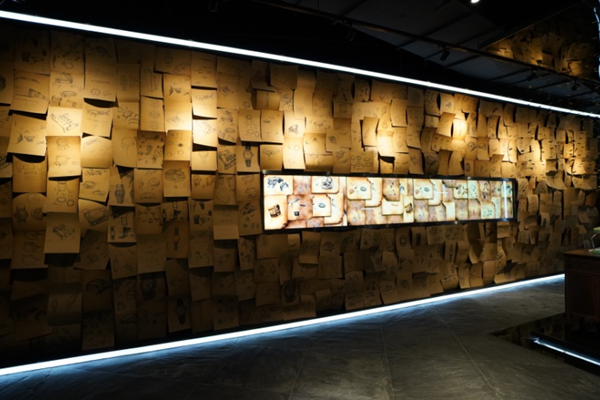
26. FIYTA World
Add:1/F, Building 1A, FIYTA Watch Building, 10 Hecang Road, Guangming District, Shenzhen (深圳市光明区禾仓路10号飞亚达钟表大厦1A座1层)
FIYTA World is the first exhibition complex in the Chinese watch industry. It incorporates cultural promotion, industrial tourism and knowledge dissemination.
Covering an area of 2,800 square meters, the two-storied complex features striking designs and technological sense characterized by the aesthetics of the post-industrial era.
Open hours: 9 a.m. - 10:30 a.m. and 1:30 p.m. - 4:30 p.m. (Tuesdays to Saturdays)
Admission: Free (Reservation only)
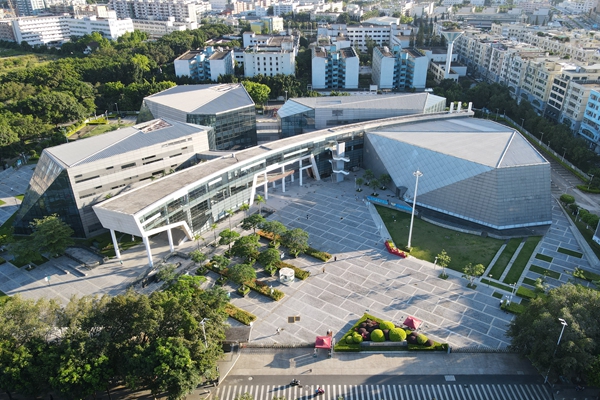
27.Cultural Center of Guangming District
The Cultural Center of Guangming District opened to the public on August 15, 2012 and is operated by the Development Center for Public Culture and Art of Guangming District.
With a floor area of 13,900 square meters, the cultural center consists of a main building, a training center, a conference hall as well as office areas, exhibition halls and quit a few theaters.
With the aim of presenting affordable cultural events to the public, the cultural center provides residents with various nonprofit cultural events all year round. The cultural center annually hosts 50 performances and activities, over 1,500 free movies, 10 or so exhibitions and more than 1,700 training classes, serving 450,000 people from 31 communities.
Well-received brand events include the folk culture temple fair, talent show, square dance competitions, Cantonese Art Week, Grass Music Festival as well as calligraphy and photograph biennial exhibitions.
Add: 9 Zhenming Road, Gongming Subdistrict, Guangming District, Shenzhen (深圳市光明区公明办事处振明路9号)
Open hours: 9 a.m. – 8 p.m.
Tel: 21385383
WeChat ID: szgmwhg
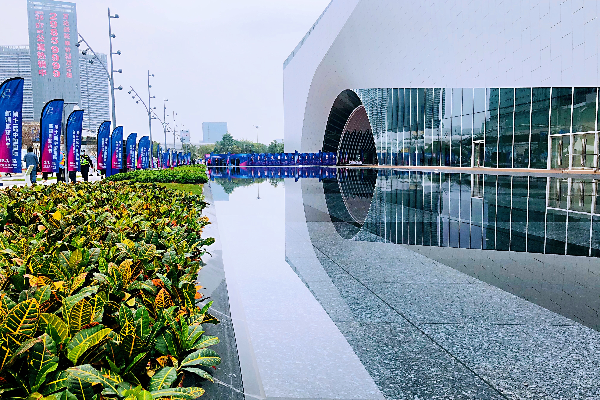
28.Guangming Culture and Art Center
The Guangming Culture and Art Center, a new cultural landmark for Guangming District, opened to the public Sept. 19. 2020.
The Guangming center is surrounded by greenways on three sides. On its north side is Guangming Xincheng Park and on its south side is a tributary of Maozhou River. In addition to the 450-seat concert hall and the art museum, the center also has a 1,500-seat theater, a library and an exhibition hall.
Add: Guangming Culture and Art Center, intersection of Guanguang Road and Chuangtou Road, Guangming District (光明区观光路和创投路交汇处光明文化艺术中心)
Metro: Line 6 to Fenghuang Town Station (凤凰城站), Exit B
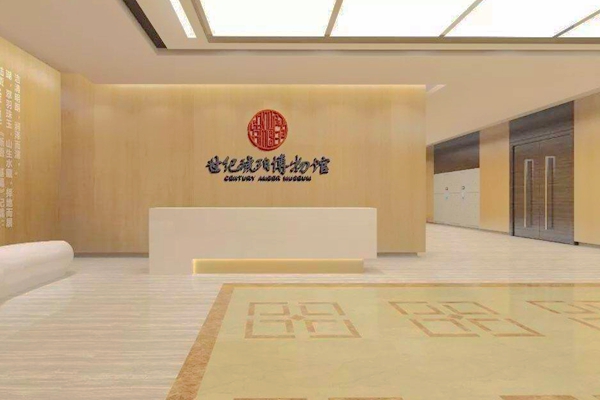
29.Century Amber Museum
The Century Amber Museum, a key project that has been in the works for nearly two years, finally opened at the Songgang Amber (International) Trading Market.
The museum, covering an area of more than 3,000 square meters, is located on the third floor of the Songgang Amber (International) Trading Market. Amber models, display scrolls as well as canopy projections demonstrated the charm of amber from diverse perspectives.
The Songgang Amber (International) Trading Market features wholesale amber jewelry trading, amber-themed hotels, an amber-themed museum and restaurants.
Open hours: 10 a.m. -5 p.m. (closed on Mondays)
Add: No.1, Songrui Road, Bao'an District (深圳市宝安区松岗松瑞路一号)
Metro: Line 11 to Songgang Station (松岗站), Exit C
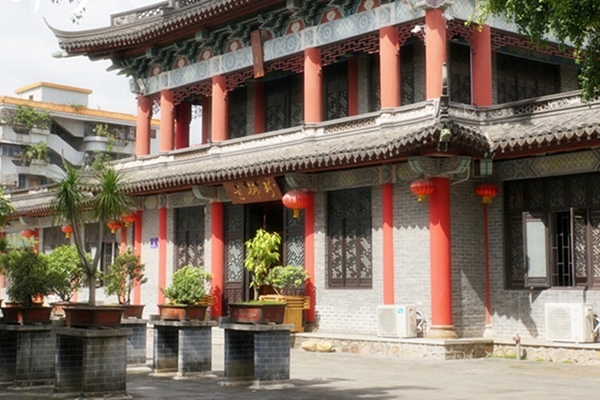
30.Zhenxiqi Museum
The Zhenxiqi Museum exhibits ancient bronze ware, pottery, 18th century silver ware, and paintings.
Hours: 9 a.m. – 6 p.m.
Add: No. 29, Wanjing Building, Shajing Center road, Bao’an District (深圳市宝安区沙井中心路万景楼内29号楼珍稀奇文博馆)
Buses: Line 650,780,781,B774,M237,M254,M291,M292,M333 to Shajing Civic Center
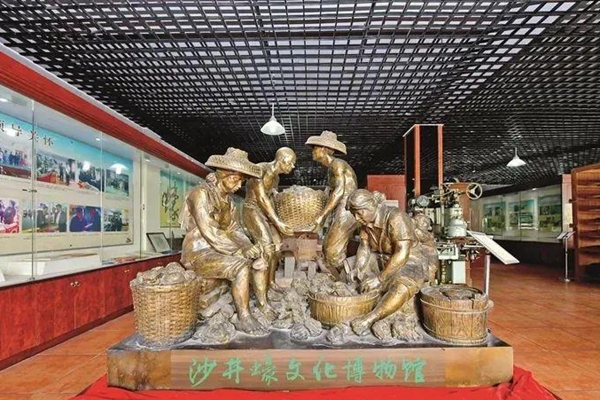
31.Shajing Oyster Culture Museum
More than 100 items are on display at the Shajing Oyster Culture Museum, a tribute to the centuries-old history of Shajing oyster breeding.
Add: 299 Shajing Boulevard, Bao’an District (宝安区沙井大街299号)
Metro: Line 11, Houting Station (后亭站), Exit A and then take a taxi
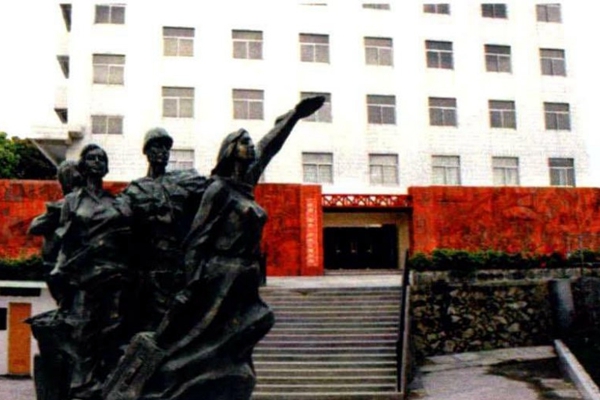
32.Shenzhen (Bao'an) Labor Museum
As Shenzhen's population consists of non-locals mostly, The Shenzhen (Bao'an) Labor Museum aims at memorizing the contribution of migrant workers in the construction of Shenzhen.
Hours: 9 a.m. – 5:30 p.m., closed on Mondays
Add: 6 Yonghe Rd., Shangwu Community, Shiyan Subdistrict, Bao'an District(宝安区石岩街道上屋社区永和路 6号深圳(宝安)劳务工博物馆)
Tickets: Currently free
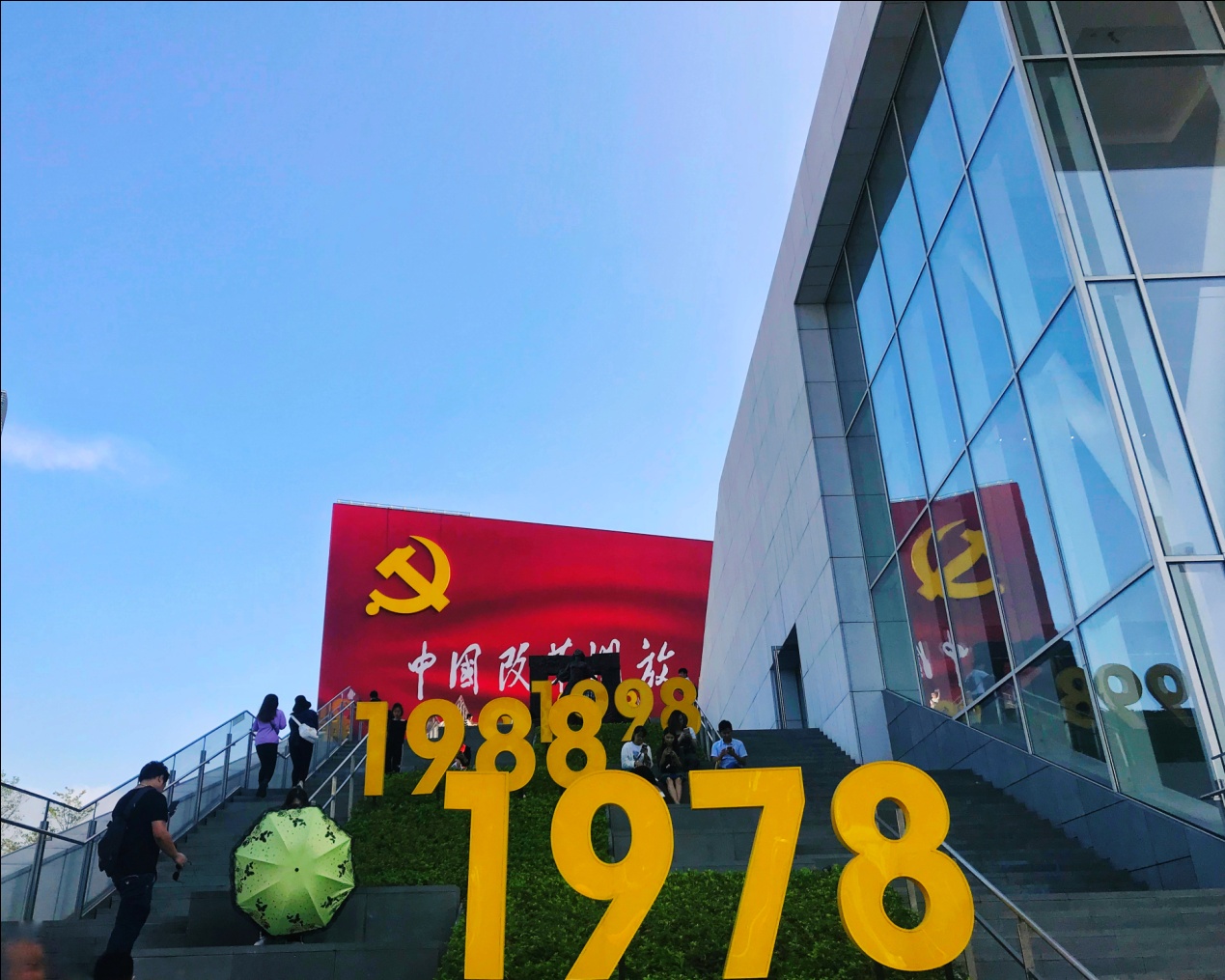
33. Shekou Museum of China’s Reform and Opening-up
The Shekou Museum of China’s Reform and Opening-up, initiated by the century-old central enterprise China Merchants Group and constructed and operated by the China Merchants Shekou Industrial Zone, was officially opened at the Sea World Culture and Arts Center on Dec. 26, 2017.
With the concept of “holding high a flag to blaze a trail” as the clue, the museum shows that under the tide of China’s reform and opening up, the Shekou Industrial Zone has been brave and pioneering from a “vanguard” of reform and opening up to the "new model" of deepening reform through five thematic chapters of “tide,” “creation,” “opening,” “breaking” and “momentum” to showcase the amazing 40-year history of Shekou. The new exhibition will enhance the scene restoration display effect by upgrading the application of photoelectric technology to create a modern exhibition popular with the public. All sorts of “old objects” from the 80s donated and beloved by the public will continue to be a major feature of the exhibition, helping the audience recall old times by traveling through time.
Add: 3rd Floor, Sea World Culture and Art Center, Nanshan District, Shenzhen (深圳市南山区海上世界文化艺术中心三层)
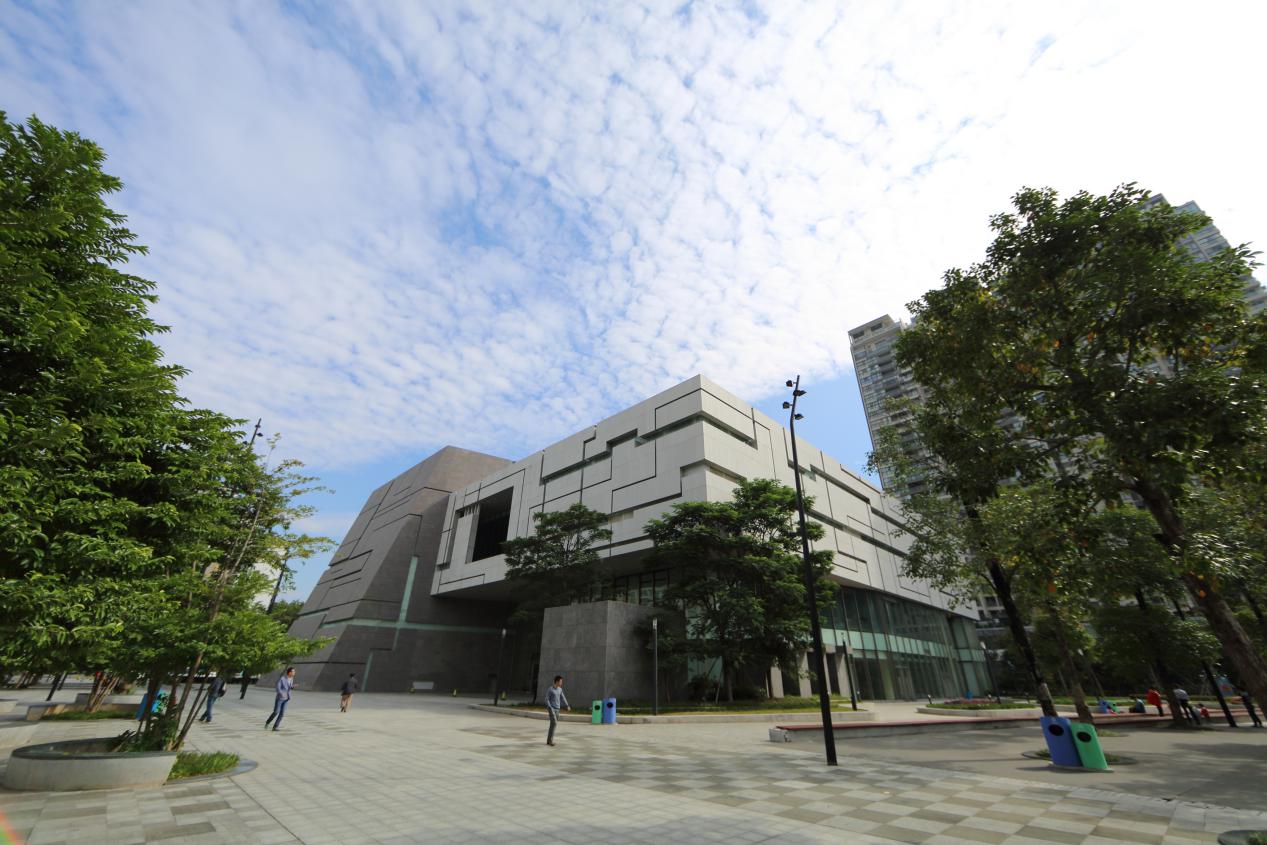
34. Nanshan Museum
The Nanshan Museum is a large-scale comprehensive public museum featuring local chronicles. It covers an area of 19,226 square meters, with a floor area of 36,000 square meters. Currently, it serves as a trustee of the Memorial Hall of Chen Yu’s Former Residence.
The museum has undertaken the research of Nanshan history and humanities, responsible for the collection and research of unearthed relics in the Nanshan area. At the same time, it also focuses on the collection and arrangement of historical relics concerning the ancient Maritime Silk Road and the Cantonese area. At present, the existing exhibition halls of the Nanshan Museum covers a total floor area of about 7,029 square meters. Apart from the permanent exhibition titled “Nanshan Story,” the Nanshan Museum also boasts three professional exhibition halls withan exhibition area of up to 3,267.7 square meters, and is qualified to hold high-level and high-standard cultural relics exhibitions from international and domestic professional museums, as well as contemporary art exhibitions.
Add: 2093 Nanshan Boulevard, Nanshan District, Shenzhen (深圳市南山区南山大道2093号)
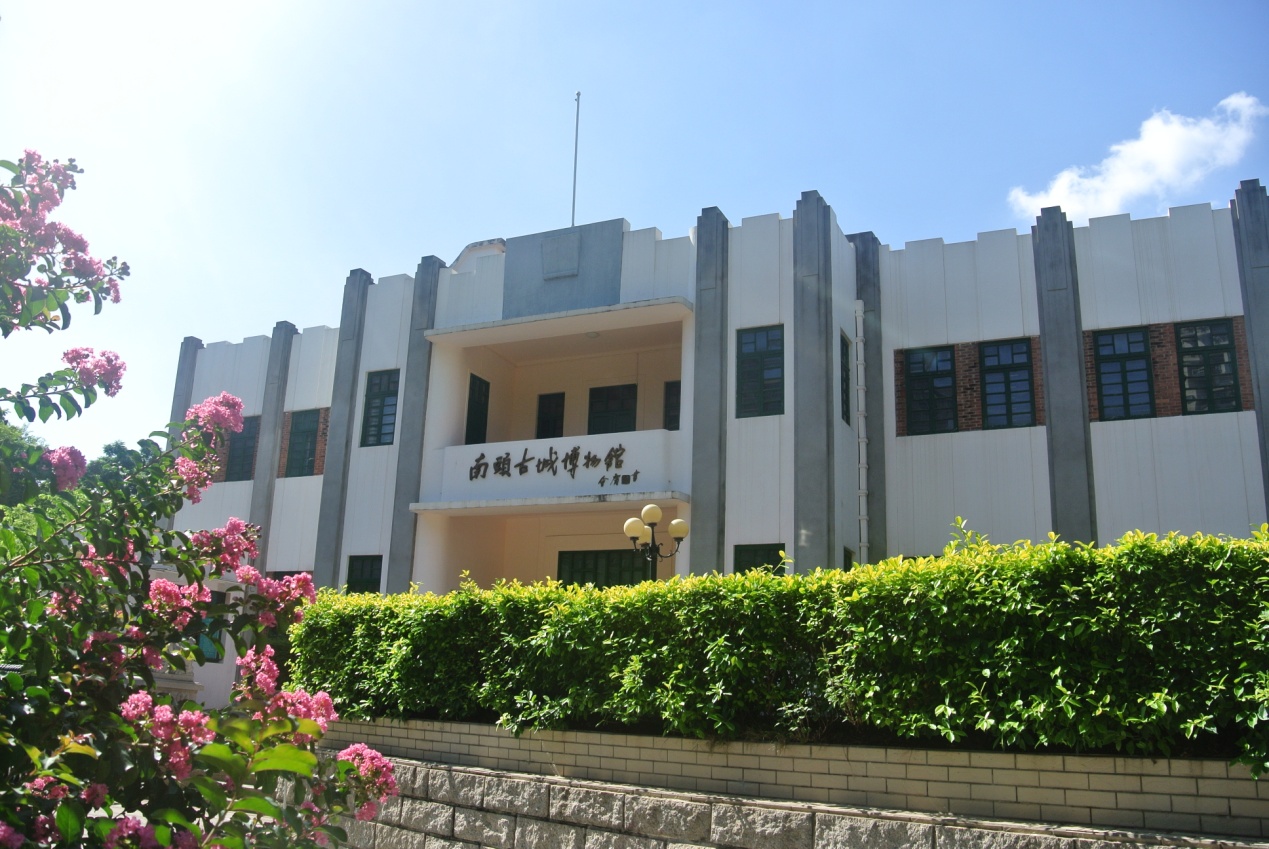
35. Nantou Ancient Town Museum
Nantou Ancient Town Museum is a national third-class museum, whose main building was previously the office building of the first Bao’an County Government of Guangdong Province in the People’s Republic of China.
The museum opened to the public in 2004, with its name inscribed by Mr. Jin Yong, a famous Chinese “wuxia” novelist. As the mainstay of the museum, the “Nantou Ancient Town History Exhibition” chiefly exhibits unearthed cultural relics from archaeological excavations in Nantou Ancient Town. It highlights the Shenzhen urban development history represented by Nantou Ancient Town, Shenzhen-Hong Kong historical and cultural origins, the construction and development of ancient Shenzhen City, the shape, layout and function of Nantou Ancient Town during the Ming and Qing dynasties, as well as Nanshan folk customs embodied by Nantou Ancient Town. The exhibition fully displays Shenzhen’s urban development history of more than 1,600 years, and systematically introduces Nantou Ancient Town’s development in various historical periods and the historical changes of Nantou as the government seat of prefecture or county. All of this explains why Nantou Ancient Town is an administrative center in the Lingnan coastal area, an important economic town, and a military fortress for coastal defense, as well as the joint original and historical root for Shenzhen and Hong Kong. The quality of the exhibit helped the exhibition win the Best Promotion Award of the 7th (2005-2006) National Museum Top 10 Exhibition Selection. In addition to the main hall located at 2 Nantou Drill Ground, the museum has five feature exhibition halls, which are respectively located in the Xin’an Tobacco Museum, Dongguan Guild Hall, Xin’an County Government Office, Baode Temple and Wen Tianxiang Memorial Temple.
Add: 1202 Shennan Boulevard, Nanshan District, Shenzhen (深圳市南山区南山大道1202号)
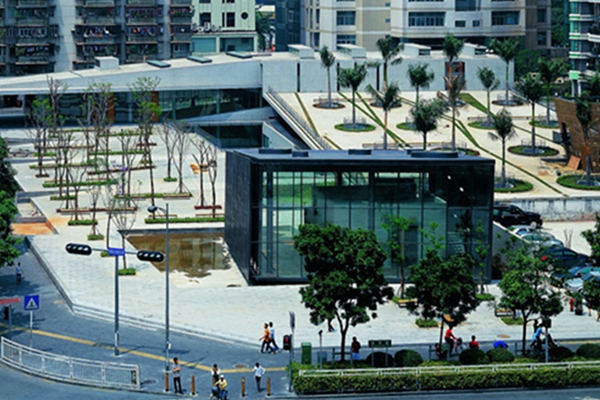
36. Luohu Art Museum
Add: 6 Nanji Road, Luohu District
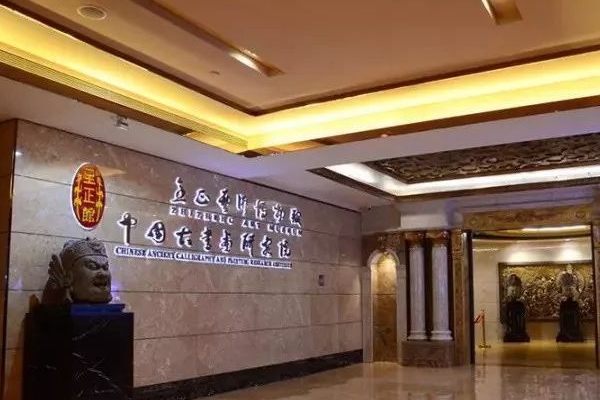
37. Zhizheng Art Museum
Add: 5th Floor, Block A, KK100 Tower, Luohu District
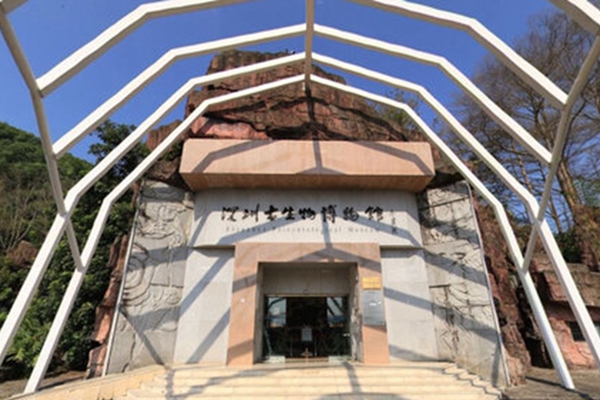
38. Shenzhen Paleontology Museum
Add: 160 Xianhu Road, Fairylake Botanical Garden, Luohu District
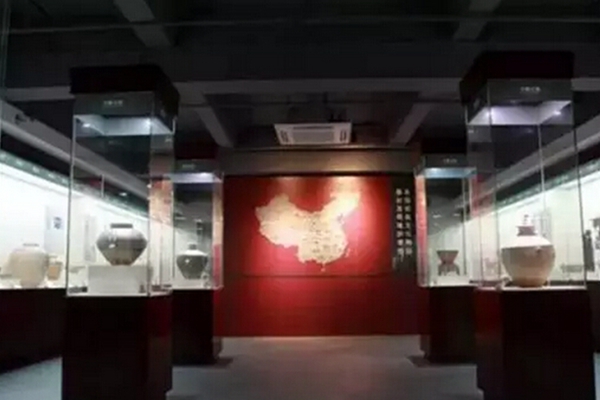
39. Huifeng Ancient Pottery Museum
Add: Room 501-516, Building 2, Shenzhen Curio World, 168 Xinxiu Road, Luohu District
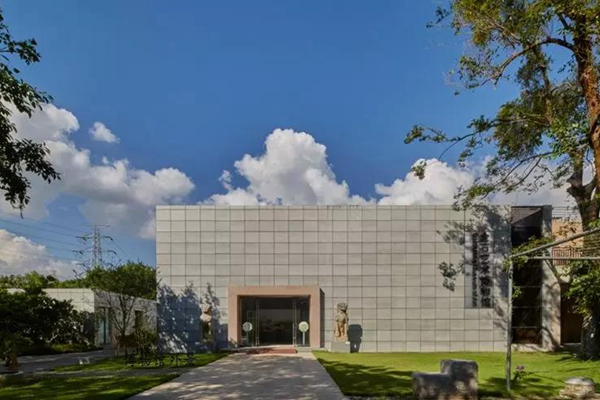
40. Shenzhen Goldstone Museum of Art
Add: 24 Wutongshan Nurseries, Wangtong Road, Luohu District

41. Shenzhen Xibaolou Celadon Museum
Add: 2095 Bao'annanlu Road, Luohu District
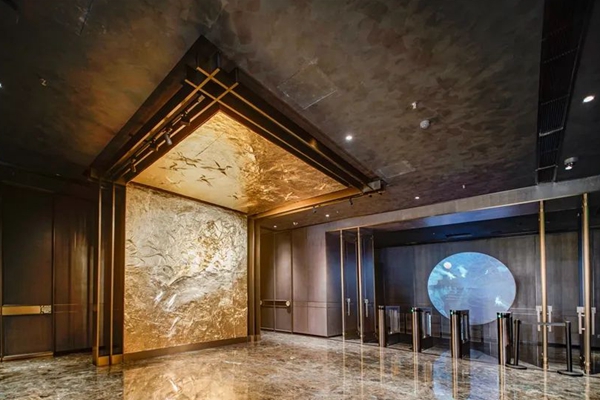
42. Shenzhen Jewelry Museum
Add: 1 Shuibei Road, Luohu District
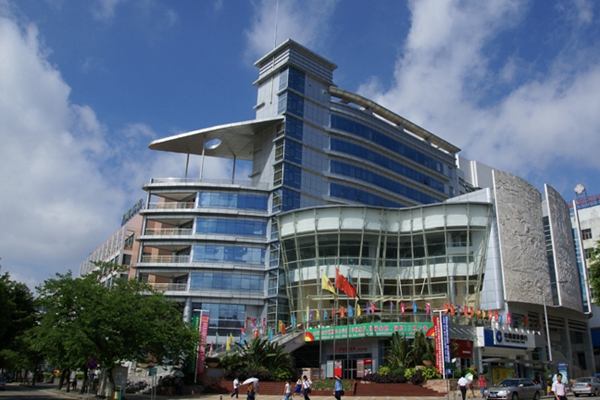
43. Luohu District Cultural Center
Add: 2009 Taibai Road, Luohu District